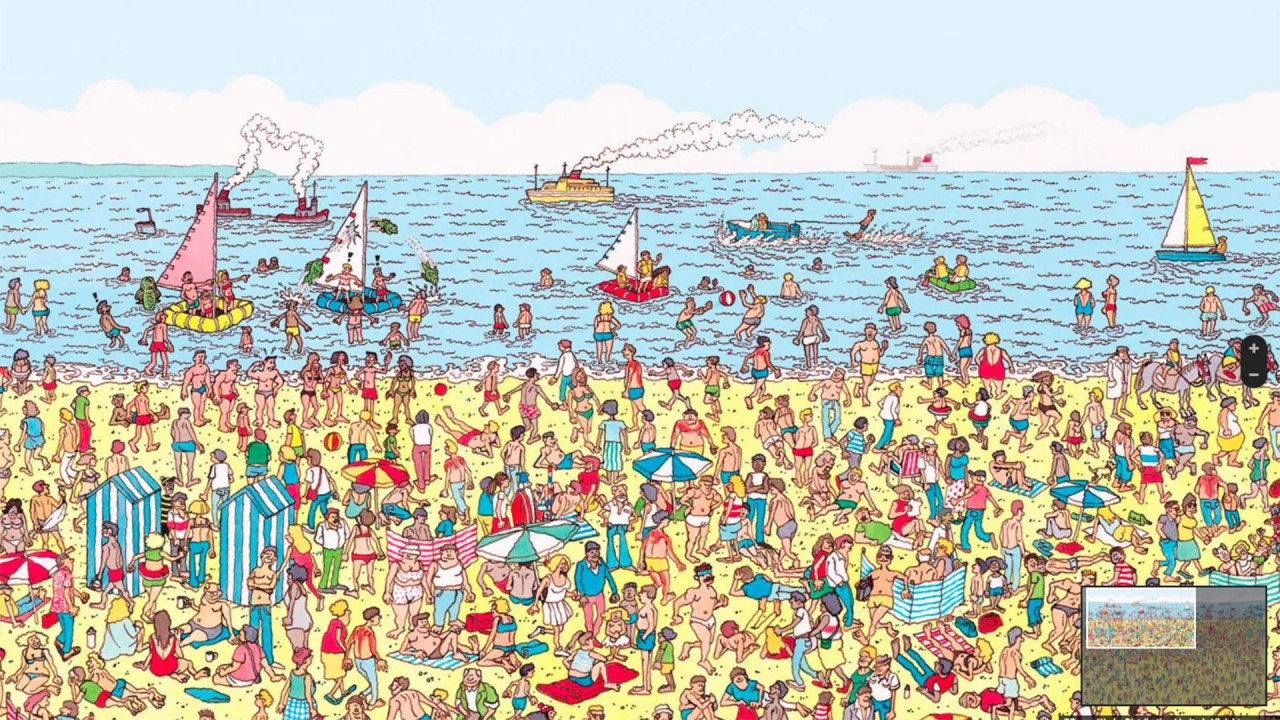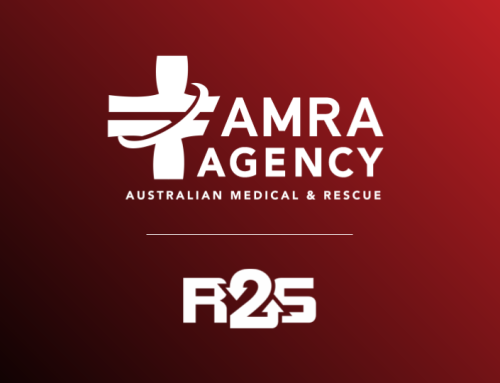Mind Your NQRs – Arming Your Intuition with Non-Judgmental Observation
Any violence prevention instructor worth their salt knows that personal safety begins with situational awareness. And while it’s great to acknowledge that people should be aware of their surroundings, it doesn’t help much if you don’t know what you’re supposed to be looking for or what you should do when you see it. A toddler is capable of observing a busy road, but might lack the frame of reference to know when a car is moving too fast to stop at the red light in front of them. We acquire that knowledge through experience, education, and sometimes painful consequences.
Because our level of situational awareness is so dependent upon our life experiences, training and occupational requirements, it is not good enough to simply say “be more aware.” While there are some truly outstanding resources available to build situational awareness (links at the bottom of this post), some of them struggle to be accessible to regular people who have never wanted a career in law enforcement or the military. Indeed, most of our situational awareness education has been built for cops and soldiers – from Cooper’s colour codes to HOT, WHAT, and OODA.
When I began training “regular people” around 12 years ago, I realised that their eyes would glaze over as soon as I mentioned the military origins of whatever concept I was teaching. These people weren’t overly interested in identifying whether someone might pull a weapon at a traffic stop, or whether they were likely to be wearing a suicide belt. They wanted to recognise the behavioural warning signs of the person sitting in their waiting room. They wanted confidence to make informed decisions about walking past strangers at night outside their apartment building. And they wanted it to be simple.
To that end, I abandoned the complicated and brought it back to something everyone could understand – recognising the NQRs: Not Quite Right.
Beyond the unnecessary complexity, many of my students struggled with (what they perceived to be) judgement-based observations. Nice people typically have a hard time assigning guilt to a stranger, and thus they ignore the warning signs, admonishing themselves for being judgemental.
Rather than trying to assign intent or potential outcomes to an observation, NQRs are all about recognising when something just doesn’t quite fit. It might be a person, an object or a situation. By acknowledging that something just isn’t quite right, it removes the burden of judgement. I don’t have to think someone is a bad person to recognise that their behaviour doesn’t fit the norms of the environment.
NQRs – People
- Emotions – Do they seem more angry, anxious, fearful or sad than you’d expect?
- Non-Verbals – Does their body language match what they’re saying? Do their facial expressions seem genuine or forced? Bad actors are easy to spot when you’re looking for it.
- Mannerisms – Is the person more reserved, animated, or erratic than you’d expect?
- Distance – Are they keeping a socially and culturally appropriate distance? Persons who get too close may be attempting to intimidate or impact the comfort of others. Persons who keep a distance may be fearful for their safety or in a state of heightened arousal.
- Furtiveness – Is the person guarded, attempting to hide their identity or continually scanning for exits. People intending to make a quick exit (either out of fear or because they’re thinking ahead to their escape plan) will often subtly angle their feet towards the door, glance regularly at their escape route or position themselves close to an exit.
- Appearance – Does their general appearance fit what you’d expect for this environment? Consider clothing that could be used to conceal contraband/weapons, or an appearance that may indicate other socioeconomic challenges such as addiction, homelessness, etc.
- Grouping – Are there more or less people in the group you’re looking at than you’d expect in this environment? 10 people together at a sporting event wouldn’t be unusual, but it might be noteworthy in a 7-11 carpark. Seeing a person alone at an ATM wouldn’t be unusual, but it might be in a nightclub. Also, groups of people that seem to be connected or working together but spread out in a non-social way can be a warning sign for flash robbery or coordinated violence.
- Incongruent Behaviour – Does something they’re saying or doing seem out of place? For example, someone carrying a phone asking you for the time. Or someone who arrived without children taking photos of kids playing at the park.
NQRs – Objects
- Danger – Is there reason to think this item is potentially dangerous?
- Belonging – Is this item in the place it belongs or not?
- Suspicious – Does the environment and circumstance make this item suspicious?
- Concealment – Has someone tried to make this object hard to find?
- Plausible explanation – Are there likely scenarios to explain this item’s presence?
NQR – Situations
- Crowd – Is the environment more, or less crowded than you’d expect? Who are the people that are there?
- Noise – Is the environment louder or quieter than you’d expect? Where is the noise coming from or why is everyone so quiet?
- Ambience – What is the overall mood of the people in this space?
- Vehicles – Is there anything unusual about the specific vehicles in the environment? Perhaps there’s a vehicle you’ve never seen before in the staff car park at night, or there’s a vehicle without registration plates on your street.
It is imperative to understand that none of these are judgements – merely observations that enable us to make more informed decisions. Once we’ve recognised the NQRs, we can formulate a response that maps to our internal risk assessment and understanding of the individual situation we are in.
Recognise when something is Not Quite Right. It might make all the difference.
Recommended situational awareness resources:
Books:
Can I See Your Hands by Dr Gav Schneider
Left of Bang by Patrick Van Horne & Jason A. Riley
The Gift of Fear by Gavin DeBecker
Living in the Deep Brain by Rory Miller
Interviews:
MVP88: Situational Awareness with Dr Gav Schneider – YouTube
MVP83: Asphalt Anthropology with Beverly Baker – YouTube
S6. Ep. 10: Rory Miller – Living in the Deep Brain – YouTube
S5 E3: Threat Assessment and Behavioural Observation with Dr Nate Meehan (video interview) – YouTube
S3 E9 Patrick Van Horne: Left of Bang – YouTube
Online training:
R2S Academy – General Security & Safety Awareness Training
R2S Academy – Behavioural Observation & Suspicious Activity Recognition
Written by Joe Saunders F.ISRM AARPI RPP



